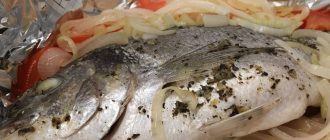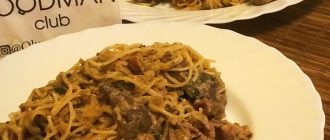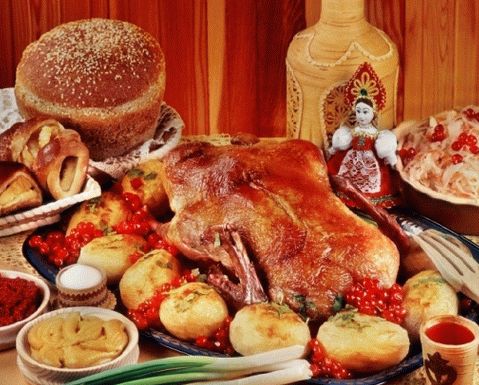
In Russian cuisine there are a lot of different dishes that are no longer in no kitchen in the world. Russian cuisine has always been famous for its delicious and healthy dishes, as well as at various times in the territory Russia was inhabited by many different nationalities, it was enriched various dishes and new recipes.
Recipes of Russian cuisine have been constantly changing throughout history. The main Russian dish was cabbage soup (one of the options for borsch), okroshka, bread and kvass. They were made from those products that were always at hand. Much depended on the area where they lived. various nations, as well as from what grew there.
It’s hard to imagine modern Russian cuisine without tomatoes, corn or potatoes, but our distant ancestors didn’t do anything at all knew about them. It’s hard today to imagine what once was potatoes were brought to Russia in pots, as a beautiful foreign plant and used it as a houseplant. Potatoes with purple flowers, which today is especially appreciated called gypsy. And only then did the Russians learn that the tubers of this supposedly indoor plant can be consumed in food.
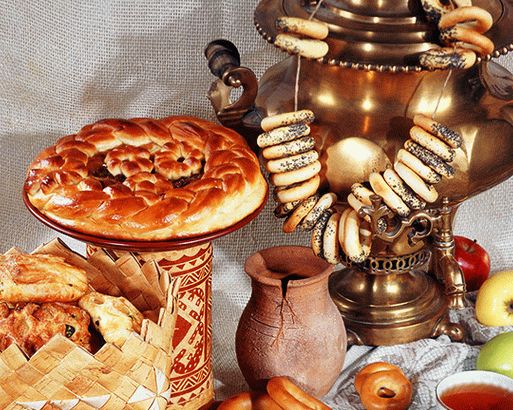
An interesting story about tomatoes. They first appeared on the tables aristocrats of Peter’s time and were considered a poisonous plant. Once he was tasted by a boyar, who was going to poison him too I liked the taste of tomatoes so much that he began to demand to bring him it is a plant with large red fruits. After that it gradually began to take a place among Russian dishes, first at nobles, and then among ordinary people.
Features of Russian cuisine
Since many nationalities lived in Russia, she gradually enriched with various dishes and began to create them own variations. Even the French Olivier salad has a lot different cooking options that Russian culinary specialists did it their own way. It is unlikely that the French will guess to make a salad Olivier with cancer necks in a jelly. But such a recipe is in noble cuisine of tsarist Russia.

The history of Russian cuisine was enriched all the time. Scythians taught Russians make yeast dough, from Byzantium, Russian people learned about rice dishes, buckwheat and spices, and China supplemented Arsenal of Russian drinks with tea and various options for it cooking. Dumplings came to the Russians from the northern peoples, as and many recipes for salting meat. And in every dish the Russians put their original ideas that allowed you to make new, no matter what nor similar dishes.
Each region could boast of its original recipes, which weren’t anywhere else. Northern regions prepared dishes and drinks with cranberries, blueberries and cloudberries, which was called “royal berry. “Southern cooked dishes with blackberries, raspberries and black with currants. And each recipe was original and unique.
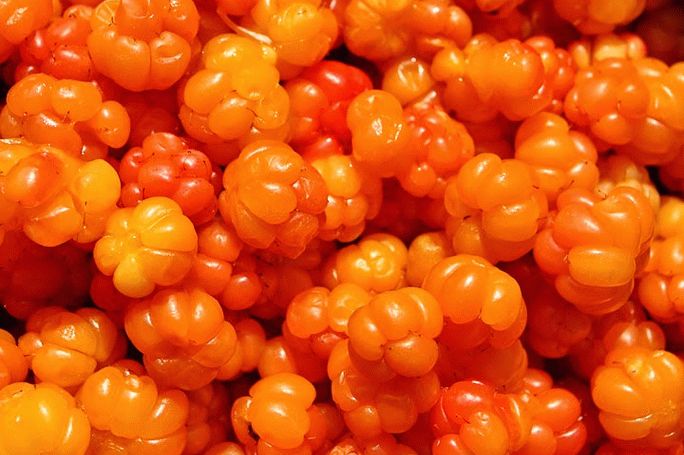
In the peasant environment, until the time of Peter the Great, borscht was cooked in stoves, cereals, as well as baked bread, and only in the time of Peter the Great appeared baking trays, pans and other preparations for various dishes. And already at the end of the 19th century, dishes such as Bef-Stroganov, chicken Kiev, etc. They appeared on the table Russians after the revolution, as a mass dish available to everyone.
The influence of Orthodoxy on Russian cuisine
A significant contribution to the cuisine of the Russian people was made by Orthodoxy with large posts during which for a long time it was impossible eat animal products, and sometimes even fish. Thanks to the posts, the Russians created a lot of tasty and healthy vegetarian dishes that were rich in vitamins and minerals, and many of them were very nutritious and delicious.
There are no analogues in any kitchen in the world, but they are capable of saturate the body with the necessary substances. During the posts, the dishes were mushrooms, cereals, lean soups, various dishes from vegetables and soft drinks from berries and fruits.
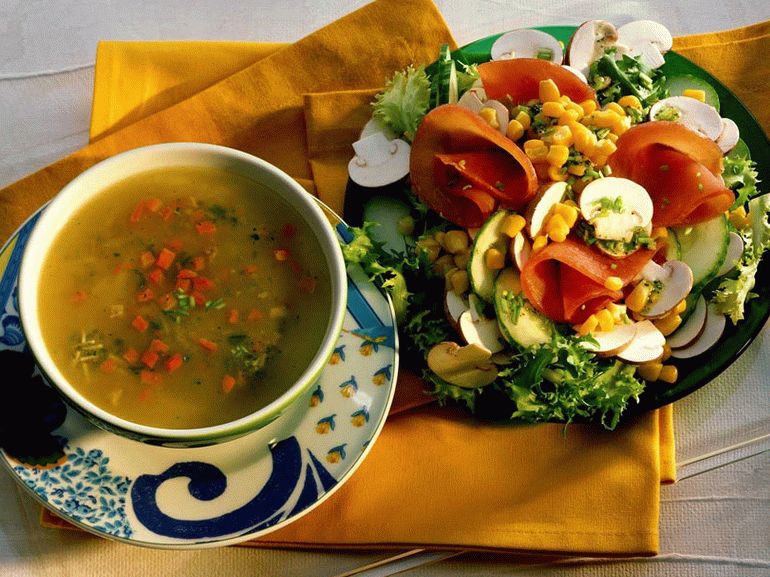
Popular drinks were always homemade kvass, which had many cooking options, wine, jelly and stewed fruit. Juices rarely cooked, they became popular after the revolution in Soviet era. On non-fasting days, they often ate okroshka, whole milk home-made, as well as various dairy dishes. The Russians were very fond of baked milk with a crispy crust and pleasant aroma.
In the fall, pumpkin dishes were very popular. Not cooked from it only various types of cereals (except buckwheat), but also baked with honey, made from pumpkin various sauces for fish and meat dishes, as well as drank pumpkin juice with honey. Pumpkin was rich in vitamins Stock up on nutrients before the start of winter.
The most popular dishes of Russian cuisine
Often in Russia they used to say such a proverb: “Cabbage soup and porridge – our food.” In fact, in Russian cuisine a lot of popular drinks and dishes. Here is what you could most often see on the tables Slavs, as well as Russians who lived at a later time.
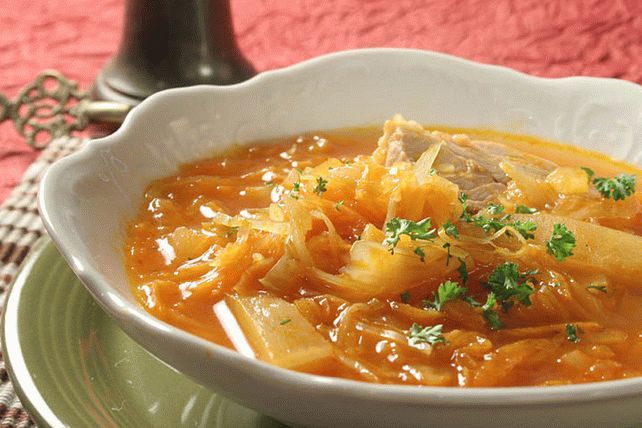
Bread and various bakery products, especially cakes and pies. The peasants themselves always baked bread, and they also cooked various pastry dishes, such as pies and dumplings, and later and dumplings.
Bread has always been a peasant’s main dish, even if it’s not there were other dishes, and they baked it from wheat or rye. Pies and pies used more like holiday dishes. The most popular were pies with mushrooms, meat and fish filling, as well as cabbage, which was also a favorite peasant dish.
Dumplings came to the Russians from the northern peoples, and they allowed maintain the vitality of the body and give it a lot of useful cold weather. Mushrooms and meat were added to the dumplings fillings, and also boneless fish to saturate the body with fats during severe colds. Dumplings ate with sour cream and mushroom sauces. And on in the south began to cook dumplings with various fillings of cottage cheese, potatoes or berries. There are a lot of recipes in Russian cuisine cooking this tasty and healthy dish.
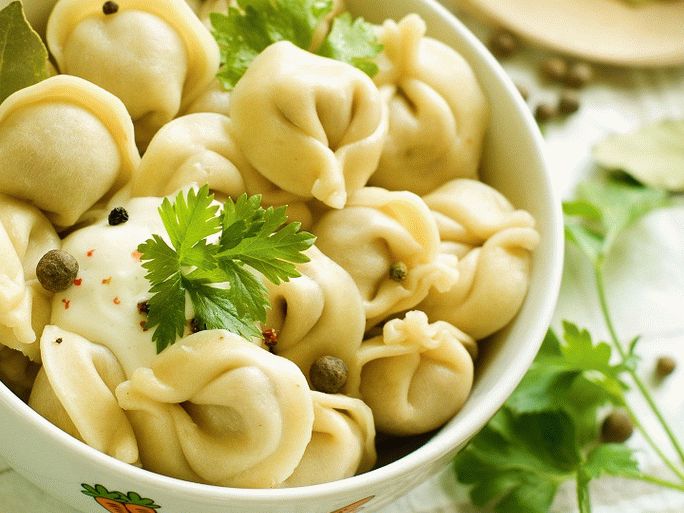
White cabbage. She also became the most popular dish in Slavs, especially in fasting time. Cabbage soup, various borsch, fermented and pickled it for the future, prepared from it fillings for pies. Cabbage made up for the lack of fiber in the human body, therefore, it was used to improve bowel function and overall healing the body. A very popular dish was prepared in the north – sauerkraut with lingonberries and cranberries. It was used in as a complement to meat dishes, as well as to fish. In the cold time of the year she made up for the lack of vitamin C in the body and provided support for forces in the human body. Cabbage was also an indispensable vegetable for a Russian who was always with peasants the table.
Horseradish, radish and radish. Horseradish is still considered one of the most popular seasonings in Russian cuisine. It was used as popular seasoning, and just ate, spreading on bread. Radish baked, steamed and ate with honey and other dishes. She is was considered a very healthy and tasty vegetable, as was turnip. Her not only marinated, baked in the oven, and cut onto the table with cabbage and used as a salad. A meat jellied meat with additions horseradish was considered a traditional Russian dish.
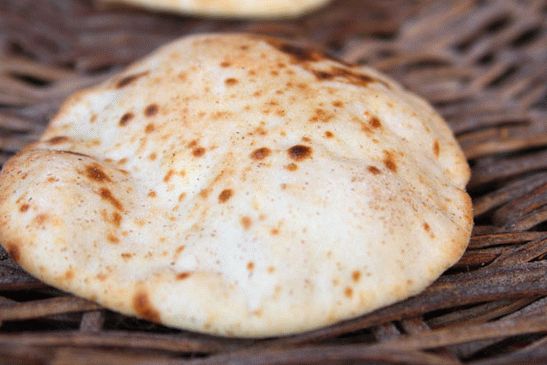
Mushrooms. They made up for the lack of protein in the body during posts. Russians were experts in mushroom fishing and used mushrooms for cooking various dishes. They were fried in sour cream, stewed, salted, dried and pickled, as well as dried for future use, then to fry them or just add to the soup. Present mushroom broth with chanterelles, porcini mushrooms and breasts was very fragrant and will allow you to eat protein food throughout the winter. BUT sour cream sauce with chanterelles and onions prepared for buckwheat porridge.
Different types of cereals. In Russian cuisine, pearl barley and wheat porridge, as well as porridge with pumpkin. Later, the Russians became buckwheat is known, as well as rice porridge. Which was popular in China. With porridges, many different dishes were prepared, and before she was the main dish on the table of a Russian, after cabbage, soups, sauces and bread. Porridge quickly saturated the body with nutritious substances and complex carbohydrates, as well as their immoderate use contributed to overweight and physical strength person.
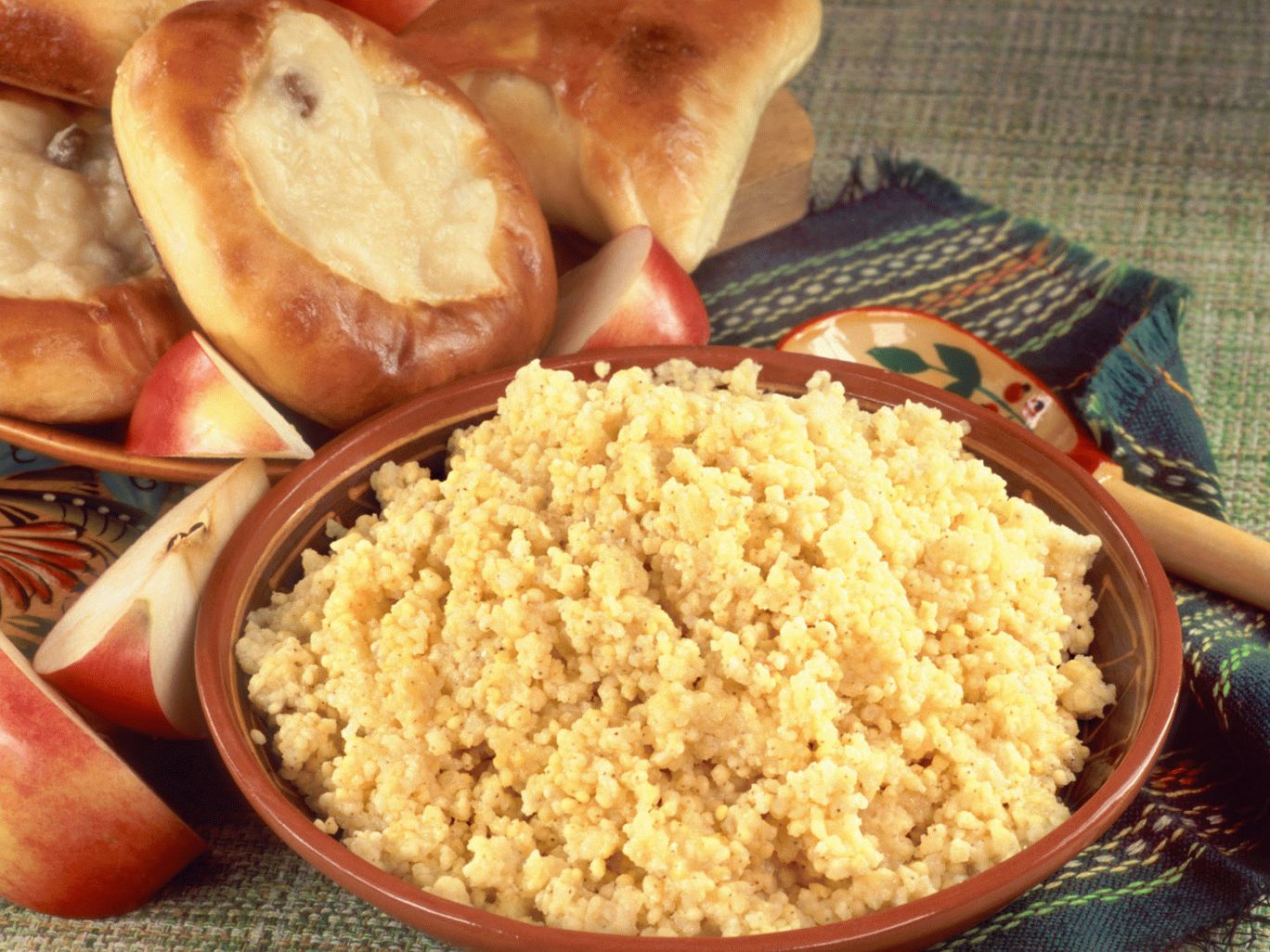
No wonder they talked about the frail young man “ate little porridge.” Porridge was also considered a dish of heroes, strong and courageous people and it was given to those who did not differ in good health.
Dairy dishes. Milk and the products that were made from it were main dishes of peasant food. Milk was drowned, fermented, made various sauces and drinks from it, as well as cooked butter and cottage cheese. Oil is often added to cereals, as well as used to make pancakes that they loved throughout Russia. They became the main dish during the Shrovetide and many regions competed among themselves in the preparation of this dish, as well as in toppings for pancakes.
Honey. It has been used for a long time as the main sweet. Honey was the basis for making pancakes, various types of sweets, and so it was added to cereals and a honey-based drink was used. Very often they drank liquid honey as a drink, but then it gave way kvass and brahe, since the drink was too sweet and viscous hard to drink in large quantities.

Vegetables such as beets and pumpkins. These two vegetables were the most popular in Russian cuisine until the appearance of tomatoes and cucumbers. Of beets made soft drinks, salads and kvass, as well as used it as an independent dish. Pumpkin could bake, cook with cereals, use as a filling for pies, etc. Especially loved to eat pumpkin, baked with honey and dried fruits.
Meat dishes. Pork dishes were popular among the peasants, various sausages, as well as lard, boiled pork and ham. The meat was fried cooked and used as a filling for pies.
Fish dishes and crayfish were also popular. Russians loved sterling soup, soup with crayfish necks, as well as natural beer homemade kvass with crayfish. And the baked fish was a traditional dish of fishermen and residents of the north.

